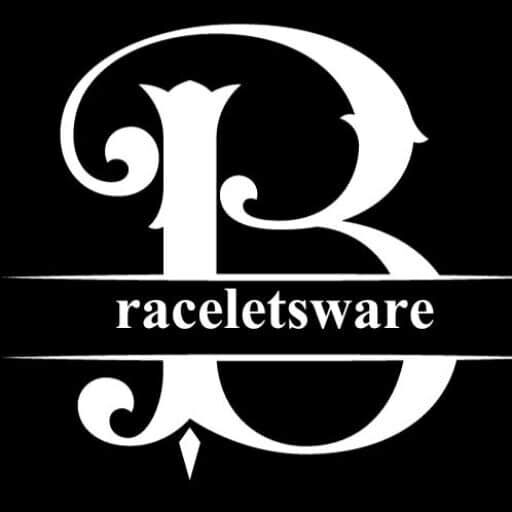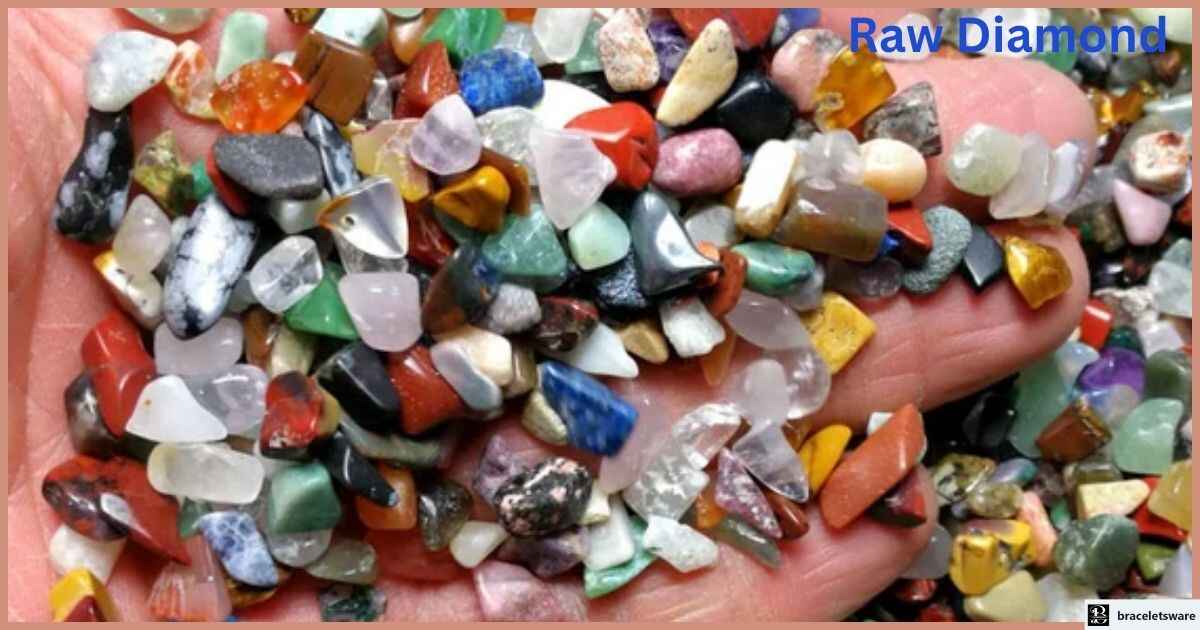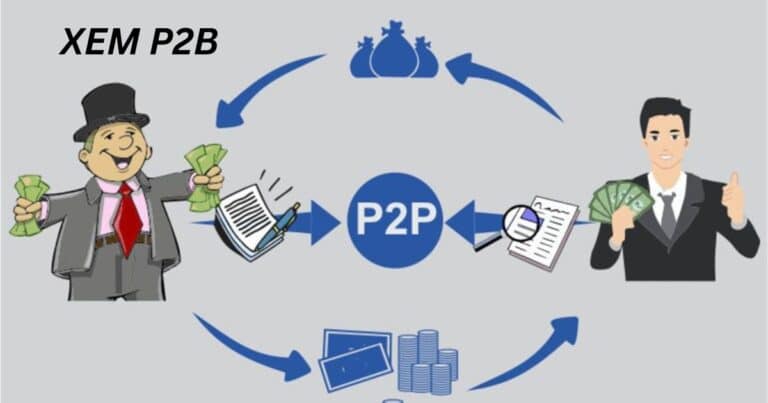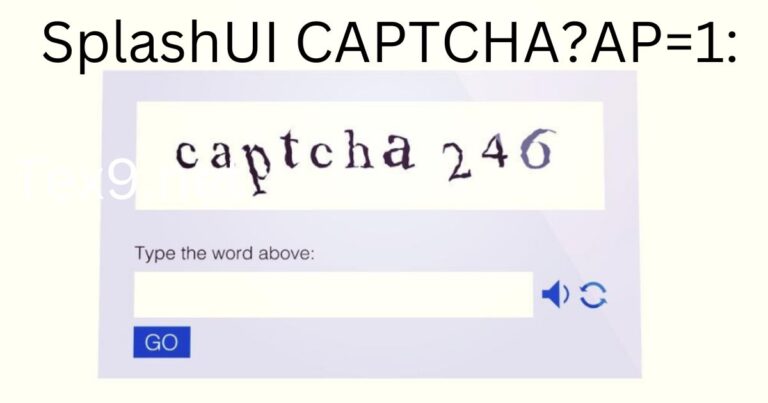How To Identify A Raw Diamond: And Differentiate It From Fake Stones
How to identify a raw diamond is a skill that combines keen observation and scientific knowledge. These uncut gems, often overlooked in their natural state, can be mistaken for ordinary pebbles. Yet, these rough stones hold immense value and allure.
Unlike their polished counterparts, raw diamonds may not sparkle brilliantly, but they possess unique characteristics that set them apart from other minerals. From their distinctive octahedron shape to their remarkable hardness on the Mohs scale, raw diamonds offer clues to their identity.
This guide will walk you through the process of recognizing these hidden treasures, from simple home tests to professional gemological assessments. Whether you’re a curious hobbyist or a serious gem hunter, understanding how to spot a raw diamond can turn a casual walk into an exciting treasure hunt.
What You Will Learn
Identifying a raw diamond isn’t as simple as spotting something shiny. It’s a skill that combines knowledge, observation, and a bit of science. In this guide, we’ll explore the unique characteristics of unpolished stones, learn about their natural state, and discover practical methods to tell them apart from lookalikes.
We’ll dive into the physical properties that make diamonds special, from their crystal structure to their incredible hardness. You’ll learn about simple tests you can do at home and when it’s time to seek professional help. By the end, you’ll have the tools to spot potential diamonds in the rough and avoid being fooled by fakes.
Read This Blog:
What Do Raw Diamonds Look Like?
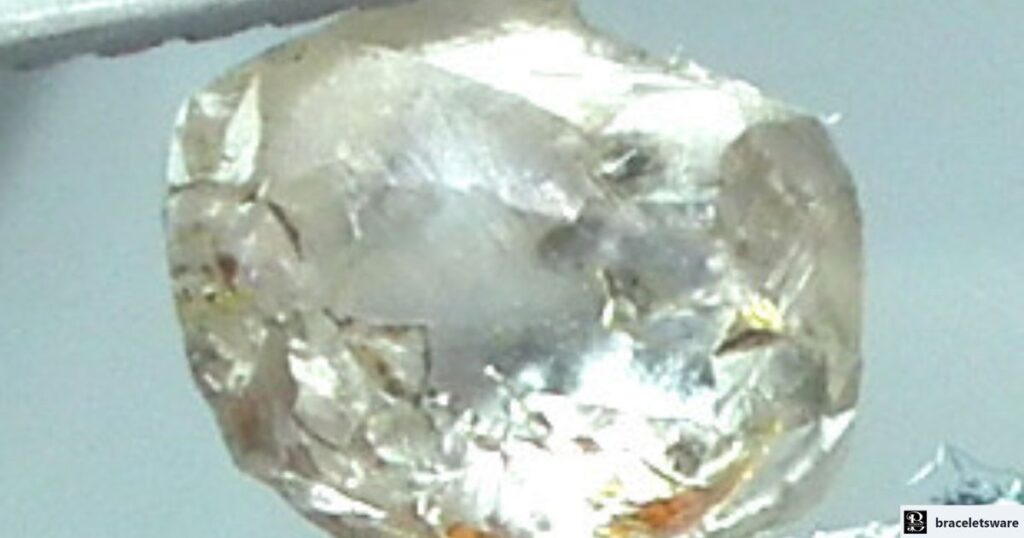
What does a raw diamond look like? It’s a question that often surprises people. Forget the dazzling, faceted gems you see in jewellery stores. Raw diamonds in their natural state are a far cry from their polished counterparts.
Picture this: you’re walking along a riverbed, and you spot a small, translucent pebble. It might be colourless, or it could have a slight tint of yellow, brown, or even pink. The surface isn’t smooth and shiny like you’d expect. Instead, it’s rough and might even look a bit greasy. This could be a raw diamond! These uncut gems often have an octahedron shape, resembling two pyramids stuck together at the base. Sometimes, they might look more rounded if they’ve been tumbled in rivers or streams. The key is to look for something that stands out from the ordinary rocks around it.
Identification of Raw Diamonds Based on These Factors
The Location
Where you find a potential diamond can tell you a lot about its authenticity. In the USA, diamonds have been found in states like Arkansas, Colorado, and Wyoming. The famous Crater of Diamonds State Park in Arkansas is the only diamond-producing site in the world open to the public.
Kimberlite pipes, formed by ancient volcanic eruptions, are the primary source of diamonds. These geological formations bring diamonds from deep within the Earth to the surface. If you’re in an area known for kimberlite deposits or alluvial diamond finds, your chances of stumbling upon a real diamond increase significantly. However, remember that diamonds can travel far from their original sources through rivers and glaciers, so location alone isn’t a definitive indicator.
Form of Crystals
The crystal structure of a diamond is one of its most distinctive features. Diamonds form in a cubic system, which gives them their characteristic shape. In their raw form, diamonds often display an octahedron shape – imagine two pyramids joined at their bases.
This unique molecular arrangement is a result of the way carbon atoms bond under extreme pressure deep within the Earth. As you examine a potential diamond, look for smooth, triangular faces. These are telltale signs of a diamond’s atomic structure. However, not all raw diamonds will have a perfect shape. Some may have more irregular forms due to their growth conditions or subsequent weathering.
Gravity Specification
One of the most reliable ways to identify a raw diamond is by its density or specific gravity. Diamonds are denser than many other minerals and gemstones. The specific gravity of a diamond ranges from 3.5 to 3.53, which means it’s about 3.5 times heavier than an equal volume of water.
This property can be used to distinguish diamonds from lookalikes. For instance, quartz, a common diamond impostor, has a specific gravity of only 2.65. Cubic zirconia, another popular diamond simulant, is actually denser than diamond at 5.6 to 6.0. Understanding and testing for specific gravity can be a powerful tool in your diamond identification toolkit.
Three Methods on How to Identify a Raw Diamond
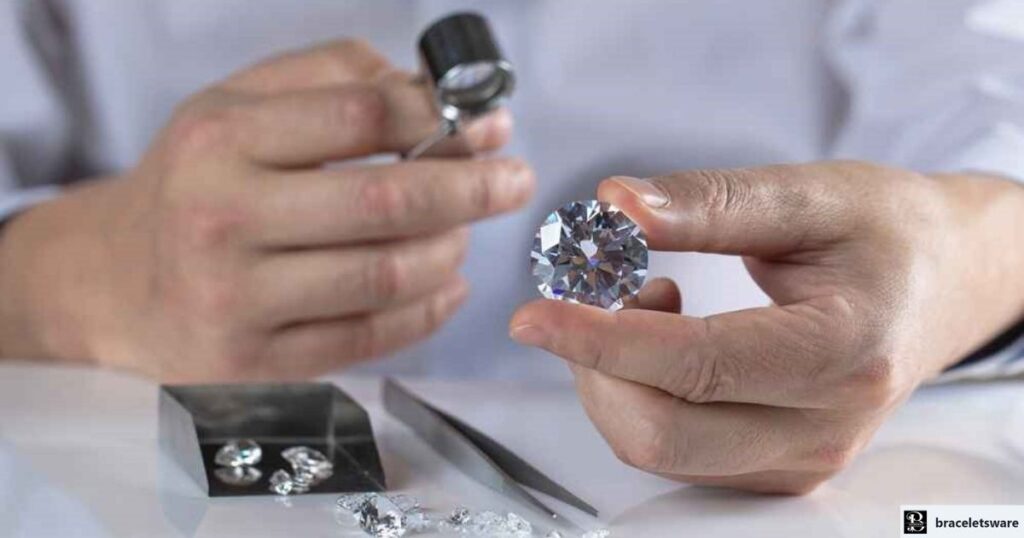
Simple Tests You Can Perform at Home
You don’t need a lab full of expensive equipment to start your diamond detective work. There are several simple tests you can perform at home to get a better idea of whether your find might be a raw diamond.
- The Water Test: Fill a glass with water and carefully drop your stone into it. Because of diamonds’ high density, a real raw diamond will sink to the bottom. Many fake diamonds, like quartz, will float or sink more slowly.
- The Newspaper Test: Place your stone on a piece of newspaper with print on it. Look through the stone at the text. If you can read the words, even if they’re distorted, you’re likely dealing with a fake. Real diamonds refract light so strongly that you shouldn’t be able to see through them clearly.
- The Fog Test: Hold the stone close to your mouth and fog it up with your breath, like you would a mirror. A real diamond will disperse the heat quickly, and the fog will clear almost immediately. Fakes will hold the fog longer.
- The UV Light Test: Expose your stone to UV light in a dark room. Most diamonds will emit a blue fluorescence under UV light. However, not all diamonds fluoresce, so this test isn’t definitive on its own.
Remember, while these tests can give you clues, they’re not foolproof. For a definitive answer, you’ll need more advanced testing methods.
A Specific Gravity Test Is Performed
The specific gravity test is a more precise method to identify a raw diamond based on its density. Here’s how you can perform a basic version at home:
- Weigh your stone on a precise scale and note its weight in air.
- Suspend the stone in water using a thin thread.
- Weigh it again while suspended in water.
- Calculate the specific gravity by dividing the weight in air by the difference between the weight in air and the weight in water.
A real diamond should have a specific gravity between 3.5 and 3.53. This test requires some specialized equipment and careful measurements, but it can provide a strong indication of whether your stone is a diamond.
Testing at a Higher Level
For definitive identification, professional testing is the way to go. Gemologists and jewellers have access to specialized tools that can provide conclusive results.
- Diamond Testers: These electronic devices measure thermal and electrical conductivity. Diamonds conduct heat exceptionally well but are poor electrical conductors.
- Raman Spectroscopy: This advanced technique uses laser light to identify the specific molecular structure of a material. It can definitively distinguish between diamonds and other materials.
- X-ray Fluorescence: This method can reveal the chemical composition of a stone, helping to identify not just diamonds but also their origin.
- Microscopic Examination: Experts use high-powered microscopes to examine the internal structure and inclusions of a stone, which can be like a fingerprint for identifying diamonds.
While these methods are highly accurate, they require specialized equipment and expertise. If you believe you’ve found something valuable, it’s worth investing in professional testing.
Recognizing Fake Diamonds
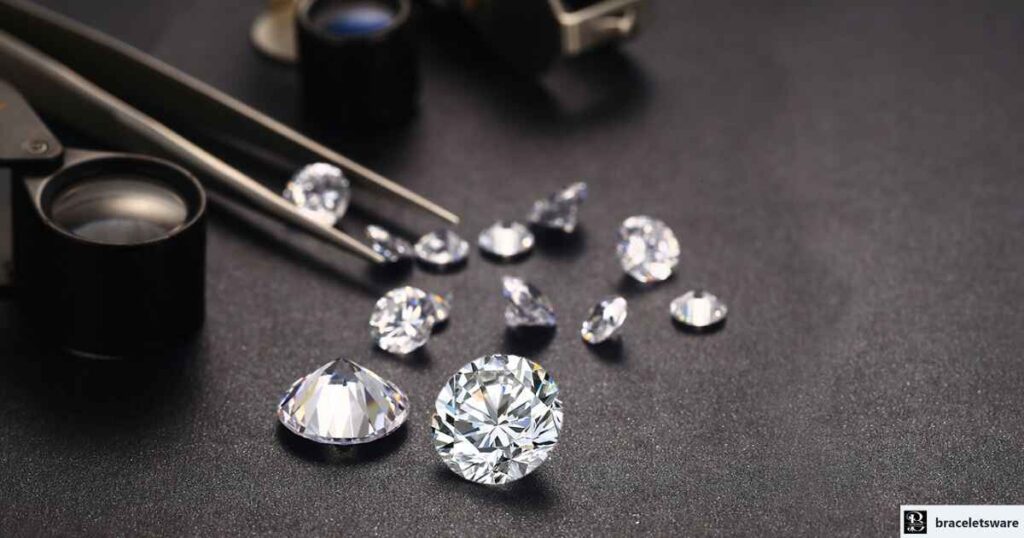
The world of synthetic diamonds and diamond simulants has grown increasingly sophisticated. Here’s how to spot some common imposters:
- Cubic Zirconia: This man-made diamond alternative is much less hard than a real diamond. It also disperses light more, creating a more colorful sparkle.
- Moissanite: This synthetic alternative is almost as hard as diamond and can fool many tests. However, it has stronger double refraction, which a trained eye can spot.
- White Sapphire: Natural white sapphires are sometimes used as diamond substitutes. They’re less brilliant and don’t have the same fire as diamonds.
- Glass: While not a convincing fake to the trained eye, glass is sometimes passed off as diamonds to the unsuspecting. It’s much softer and will show wear quickly.
Remember, even some synthetic diamonds are chemically identical to natural diamonds. These lab-grown diamonds can only be distinguished from natural diamonds with specialized equipment.
Also Read This Blog:
What to Do if You Find a Raw Diamond
If you believe you’ve found a raw diamond, here are the steps you should take:
- Document the Find: Note exactly where and when you found the stone. Take photos if possible.
- Secure the Stone: Keep it safe in a soft cloth or padded container.
- Research Local Laws: In some areas, you may be required to report significant findings.
- Seek Professional Verification: Have your stone examined by a certified gemologist.
- Consider Your Options: If your stone is verified as a diamond, you can choose to have it cut and polished, sell it as a raw specimen, or keep it as a unique treasure.
Remember, the value of a raw diamond can vary greatly depending on its size, colour, clarity, and potential cut quality. A professional appraisal can give you a better idea of your stone’s worth.
Conclusion
How to identify a raw diamond is a journey that combines science, intuition, and a touch of adventure. As we’ve explored, these uncut gems in their natural state are far from the dazzling stones we see in jewellery stores. From understanding their unique crystal structure to performing simple home tests like the water displacement method, you’re now equipped with valuable knowledge to distinguish these precious minerals from common lookalikes.
Remember, while DIY methods can offer clues, professional gemological analysis is the gold standard for diamond authentication. Whether you’re sifting through alluvial deposits or exploring potential kimberlite pipes, the thrill of possibly uncovering a natural diamond is unmatched.
Even if your find turns out to be a quartz crystal or another mineral, the skills you’ve gained in gem identification will enrich your appreciation for Earth’s geological wonders. So keep your eyes open, your mind curious, and who knows? You might just uncover nature’s hidden treasure.
FAQs
How do I know if I found a raw diamond?
Look for an octahedral crystal shape and test its hardness by trying to scratch it with other materials. Perform a specific gravity test or seek a professional gemological assessment for confirmation.
What is the easiest way to identify a diamond?
The simplest method is the fog test: breathe on the stone and observe how quickly the fog dissipates. Real diamonds disperse heat rapidly, clearing the fog almost instantly.
How did raw diamond look like?
Raw diamonds often appear as translucent, rounded, or octahedral crystals with a greasy luster. They can be colorless or have tints of yellow, brown, or other hues, lacking the brilliant sparkle of cut diamonds.
How to spot a diamond in the dirt?
Look for glassy, rounded pebbles that seem out of place. Pay attention to areas with kimberlite or alluvial deposits. Use a diamond pan or sieve to separate potential diamonds from other minerals.
How to tell if a diamond is real with a flashlight?
Shine the flashlight through the stone. Real diamonds refract light internally, creating a sparkle from within. They won’t be fully transparent, while many fake stones will allow the light to pass straight through.

Amara Rosewood, with 8 years of expertise in bracelet design, is the creative force behind BraceletsWare. Her passion and skill converge in each piece, crafting timeless accessories that redefine style.
